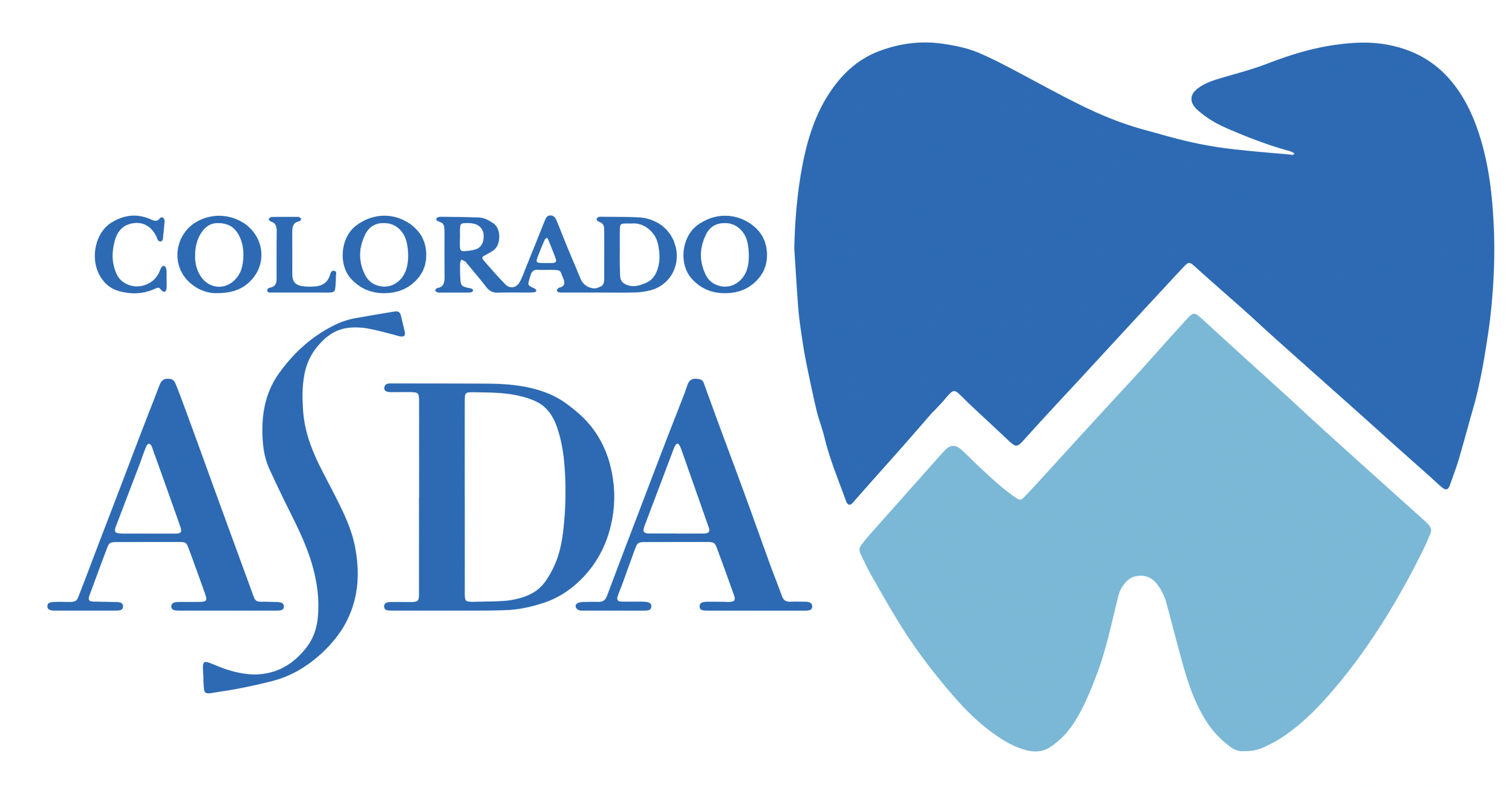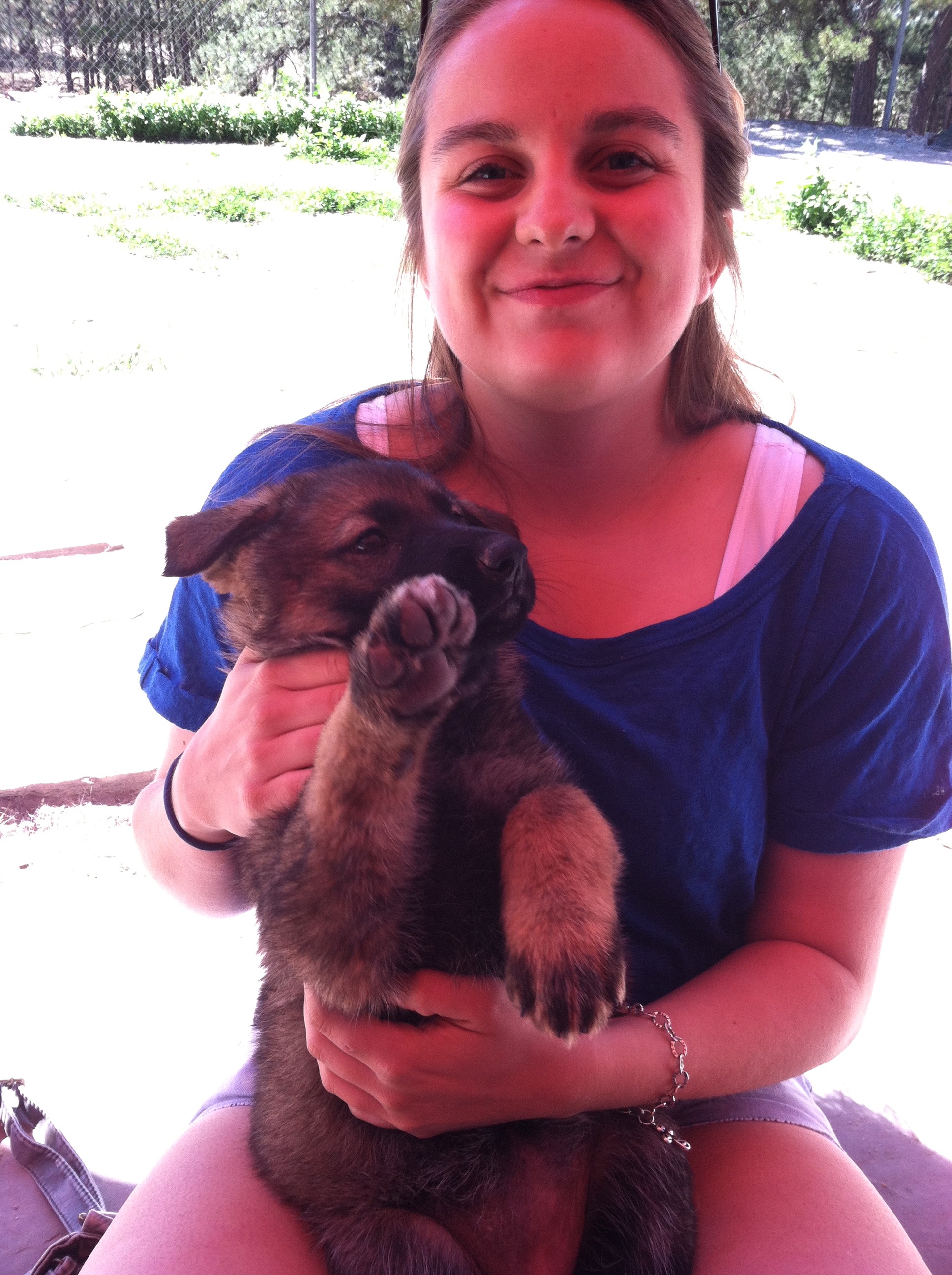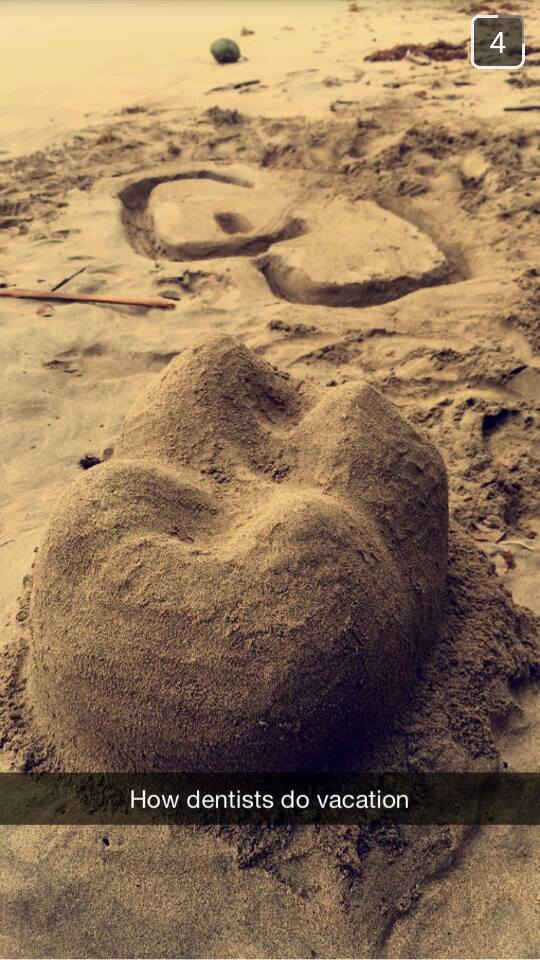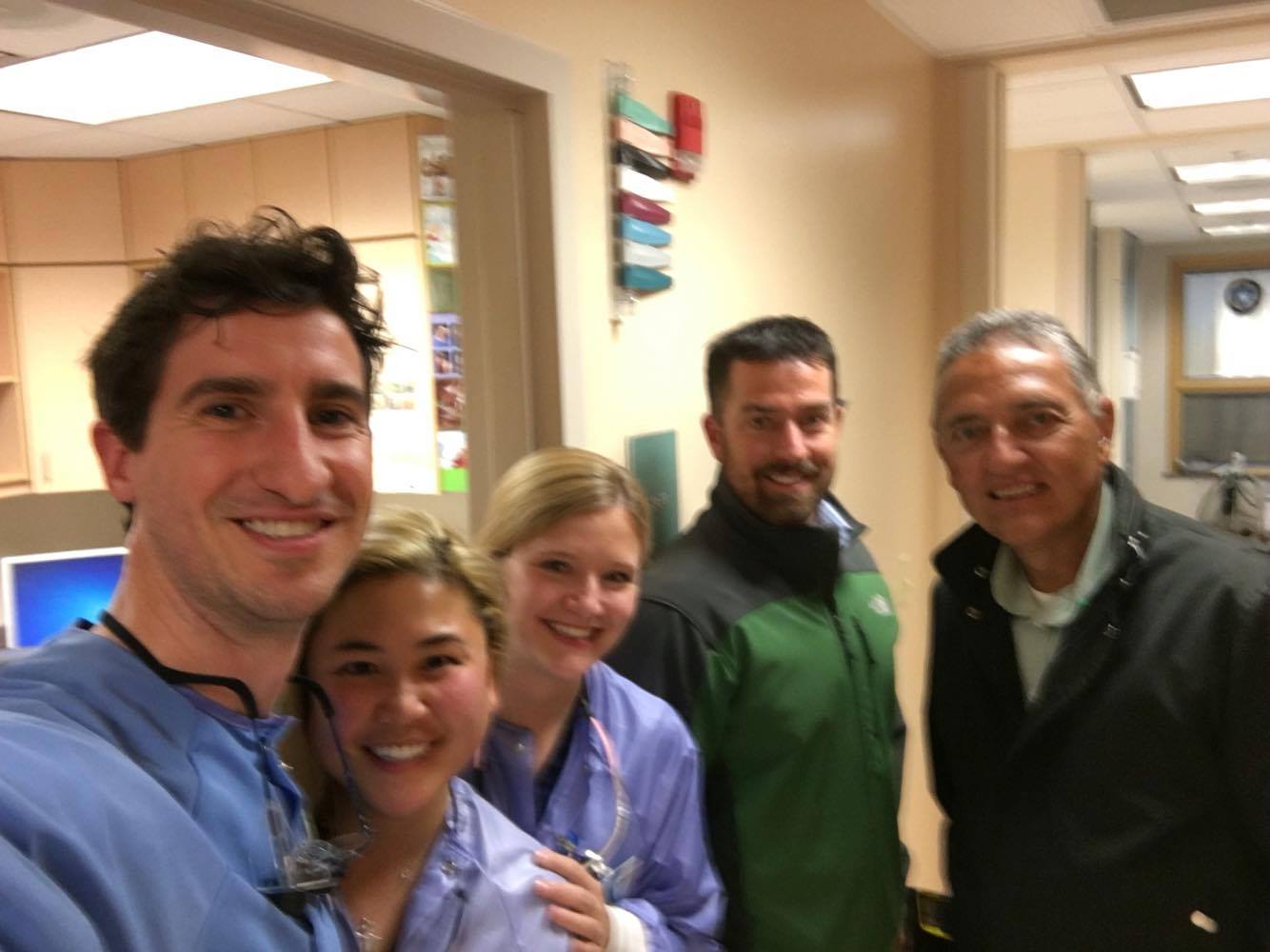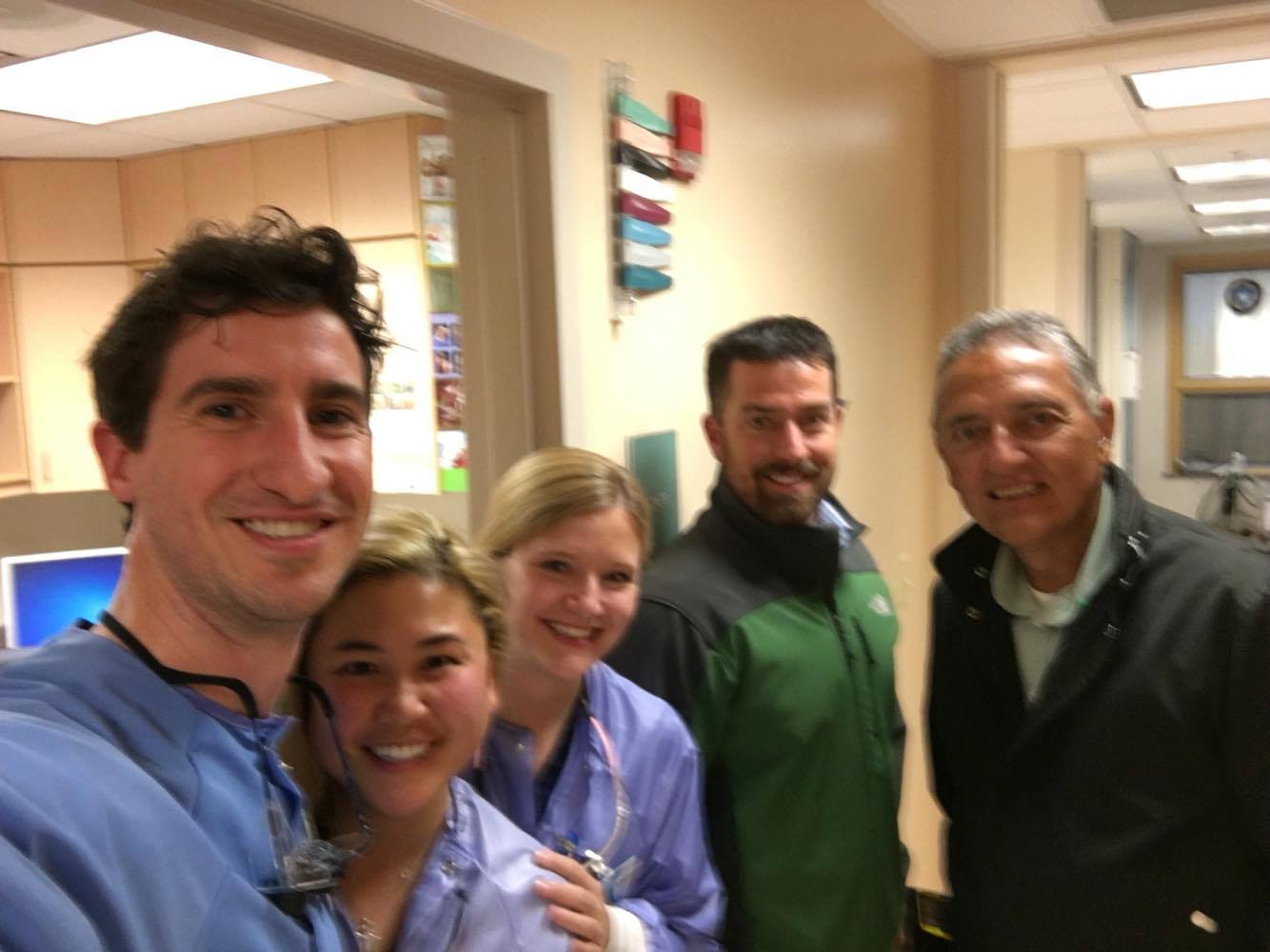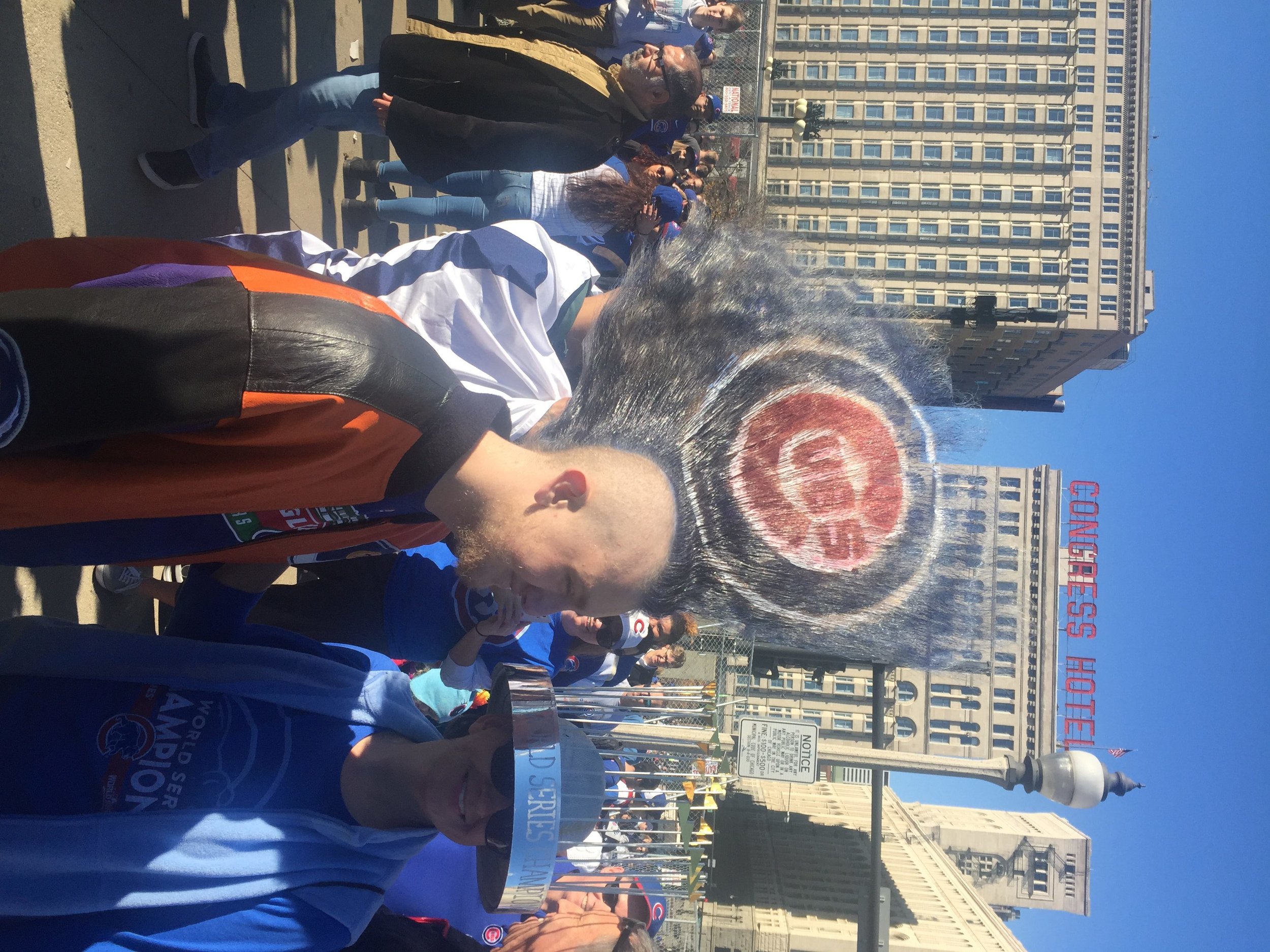 A truly historic and special weekend in Chicago happened to fall on the same weekend of ASDA’s National Leadership Conference this year. With the Cubs winning it all and the Ireland v. New Zealand rugby matchup the next day, the city was alive and buzzing. The energy of the city undoubtedly seeped its way into the already hyped up leadership conference. Opening the conference was keynote speaker Adam Kreek, an Olympic gold medal rower who took us through his journey rowing across the Atlantic Ocean and his subsequent trials and tribulations. His message on achieving happiness was simple and consisted of the fantastic four: health, relationships, community involvement, and self-awareness. Happiness is not, however, achieved through money, fame, and beauty.
A truly historic and special weekend in Chicago happened to fall on the same weekend of ASDA’s National Leadership Conference this year. With the Cubs winning it all and the Ireland v. New Zealand rugby matchup the next day, the city was alive and buzzing. The energy of the city undoubtedly seeped its way into the already hyped up leadership conference. Opening the conference was keynote speaker Adam Kreek, an Olympic gold medal rower who took us through his journey rowing across the Atlantic Ocean and his subsequent trials and tribulations. His message on achieving happiness was simple and consisted of the fantastic four: health, relationships, community involvement, and self-awareness. Happiness is not, however, achieved through money, fame, and beauty.
The carefully selected speakers and quality content are what make the NLC one of the best dental student conferences in the country. Every year, Colorado ASDA sends our members to build a network with 600 other dental students while growing and developing as leaders. Although there is nothing like being present at the conference, it is worth sharing some of the gems and takeaways from the breakout sessions. Here are some of my notes from a couple of sessions:
Building Your Personal Brand
By Dr. Ryan Dulde
- A personal brand is a true story about who you are and why you matter. If you don’t know, there is no way anyone else does.
- Brands are not invented. Find something real. Make it intentional.
- Brands set expectations, start relationships, and make you unique.
- Futuredontics conducted a survey to figure out why people go to the dentist. Here are some of the results: 70% go for ratings, 70% education background, 70% location and availability, 80% insurance, 86% scope of services.
- Would you go back to the dentist? Here’s what people are concerned about: 87% say it’s important that the dentists is cost sensitive, 91% want cleanliness, 91% want upfront costs, 93% want options well explained, and 95% want quality work.
- Without a brand you are just a commodity.
- A great brand does not leave its story to chance.
How Not to Fail Miserably in Private Practice
By Dr. Chris Salierno (Chief Editor for Dental Economics)
- It is important to take the pulse of your practice.
- Take a look at your practice daily, monthly, and quarterly to assess how you are doing.
- Daily: How much did you produce? How much did you collect?
- Monthly: Productions, collections, and new patients.
- Quarterly: Income statement, profit and loss statement.
- The overhead monster: the national average for dental office overhead is 75%.
- Goals for overhead by specialty:
- 59% for GP
- 42% for Endo
- 49% for Ortho
- 49% for Pedo
- 50% for OMFS
- 51% for Perio
- 64% for Prost
- Overhead breakdown for GP practice:
- Staff = 25%, Lab = 10%, Rent = 5%, Supplies = 5%, Misc. = 14%, this leaves you with a 41% Net Income.
- Patients don’t care about what you do in their mouth unless it hurts, turns black, or falls out.
- The patient experience starts before you meet them.
This is just a snapshot into the 20+ breakout sessions that were offered over the weekend. Other topics included were mindfulness, non-traditional post graduate options, and effective communication. CE credit was given for each session attended and can be used towards an Academy of General Dentistry Fellowship Award after graduation. The closing session was a story told by Doc Hendley, the founder of Wine to Water, and described his journey through Sudan in an attempt to bring clean water to those in need. Side note: A surefire way to make your dental school problems feel small is to do a little research on the water crisis.
The National Leadership Conference attracts students who are excited about dentistry, want to make a difference, and strive to be better leaders. Valuable breakout sessions, CE credit, and epic five star social events in the evenings are all part of the experience. If you are interested in attending a National Leadership Conference in the future, be sure to ask how you can get involved!
